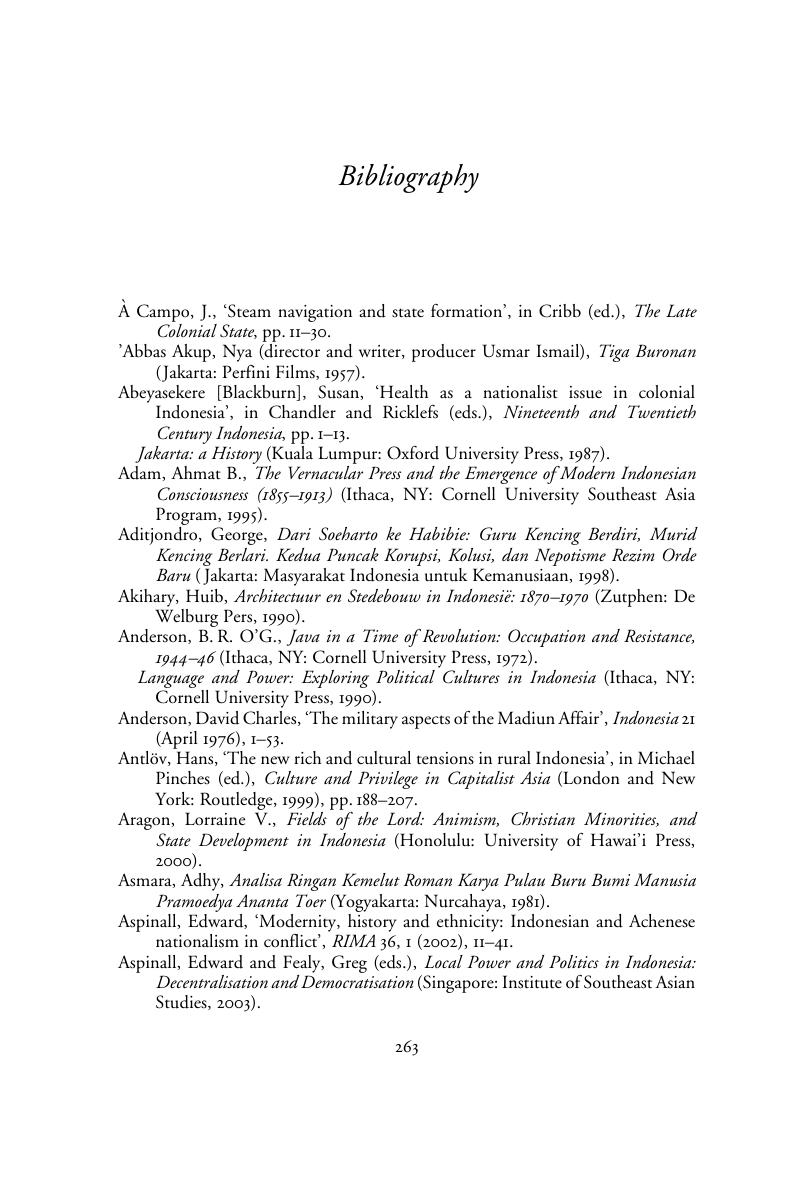Book contents
- Frontmatter
- Contents
- List of figures
- List of maps
- Acknowledgements
- A note on spelling, pronunciation and names
- Chronology
- Introduction
- 1 Our colonial soil
- 2 Cultures of the countryside
- 3 ‘To assail the colonial machine’
- 4 The Revolution
- 5 Living in the atomic age
- 6 From Old to New Orders
- 7 Terror and development in happy land
- 8 Age of globalisation, age of crisis
- Biographies of key figures
- Abbreviations and glossary
- Notes
- Bibliography
- Index
- LIST OF MODERN HISTORIES
- References
Bibliography
Published online by Cambridge University Press: 05 June 2012
- Frontmatter
- Contents
- List of figures
- List of maps
- Acknowledgements
- A note on spelling, pronunciation and names
- Chronology
- Introduction
- 1 Our colonial soil
- 2 Cultures of the countryside
- 3 ‘To assail the colonial machine’
- 4 The Revolution
- 5 Living in the atomic age
- 6 From Old to New Orders
- 7 Terror and development in happy land
- 8 Age of globalisation, age of crisis
- Biographies of key figures
- Abbreviations and glossary
- Notes
- Bibliography
- Index
- LIST OF MODERN HISTORIES
- References
Summary

- Type
- Chapter
- Information
- A History of Modern Indonesia , pp. 263 - 283Publisher: Cambridge University PressPrint publication year: 2005



